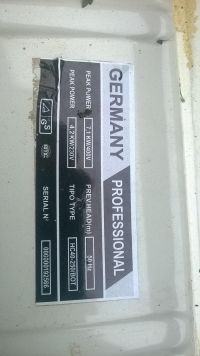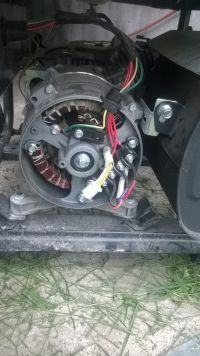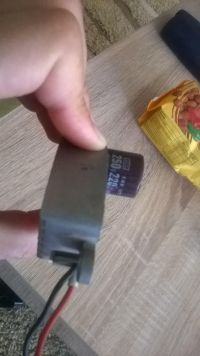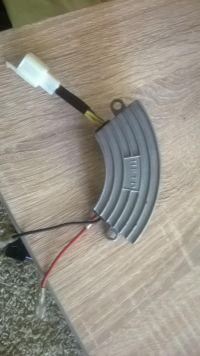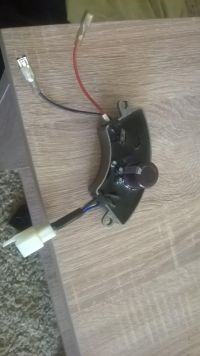I warmly welcome.
In my new Chinese aggregate the voltage regulator has broken (I thought so),
so I ordered a new one (cost PLN 48).
After connecting the new one, it worked for about 10 seconds (voltage on the voltmeter about 230 V.).
And my question: was this new regulator defective or is the winding damaged and it damages the voltage regulator.
I will also write that no receiver was connected to the device after replacing the regulator.
In my new Chinese aggregate the voltage regulator has broken (I thought so),
so I ordered a new one (cost PLN 48).
After connecting the new one, it worked for about 10 seconds (voltage on the voltmeter about 230 V.).
And my question: was this new regulator defective or is the winding damaged and it damages the voltage regulator.
I will also write that no receiver was connected to the device after replacing the regulator.




